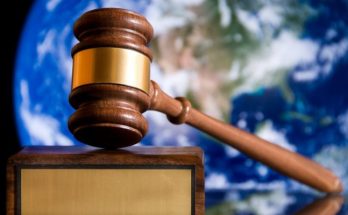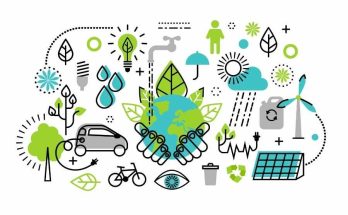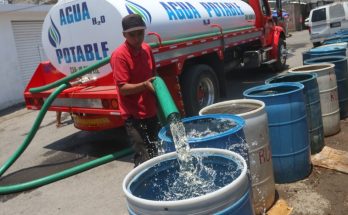By Alejandro Angulo
In scope to the first part of this series about water, the vital liquid of life, I began with the responsibility of conserving water is a matter that, beyond the obligation of the state, implies a responsibility of the collective, of the citizens. However, it should be noted that there is not only one way to conserve it; hence, passing through the curtain, we can see that protection of recharge areas and the environmental service of infiltration are two authentic ways to contribute to conservation of this vital liquid.
Therefore, any water law initiative must contemplate, adopt, and incorporate articles that establish the following: The payment for environmental services of water infiltration to aquifers by owners or possessors of forest lands (especially in the upper part of the watershed). And second, the obligation to protect those lands classified for aquifer recharge, regardless of whether the land use is urban. And this is a strategic issue because it is nothing less than sustainabily ensuring the recharge process to compensate, in the metropolitan area, the deficit that the aquifers already shamelessly exhibit due to the imbalance we have caused by extracting more than what is recharged.
The issue of water use is only one side of the coin. The other side consists of wastewater treatment, which is undoubtedly a matter of responsibility—as is the issue of reuse within the framework of a circular economy—especially when the phenomenon of scarcity has appeared, not to mention the quality of the water that is discharged into surface water bodies.
The figures dance according to whoever is calling the tune, but we all know that the volume of wastewater generated in the metropolis is over 20 million cubic meters. This makes us reflect that this is a considerable volume that could remedy the shortage and fulfill the purpose of reuse in activities and processes that do not require purification but only treatment thereby subtracting a considerable amount from the volume of drinking water. Clearly it would appear as a sustainability criteria because it is a central issue today in the water discussion in all parts of the world, including Mexico and Queretaro.
Let’s just imagine that we make an effort to plant trees in cities to mitigate climate change. Well, in parallel, it would require having enough water to provide the necessary irrigation for their survival. And then, instead of extracting raw water from a well or using the water that comes from aqueduct II or aqueduct III, only treated wastewater is used, which would also serve for certain industrial processes or services in housing developments that incorporate the double pipeline (drinking water and treated wastewater for sanitation).
Treating wastewater is not a matter of whim. It is a necessary condition in the face of scarcity, savings, and sustainability.
Some time ago there was a discussion about scarcity, which was defined as physical scarcity; that is, when there is no availability. But it was also specified that such scarcity, as in the case of Querétaro, is a scarcity due to distance. In other words, there is water in the state, but in some regions, such as the metropolitan area, there is not enough, and it’s therefore necessary to bring it from the reserves. Although what was really discussed was scarcity due to quality—that is, there is water but it is polluted and cannot be used. Therefore, wastewater must be treated, because in the worst case—even if it is not reused—it must be discharged as clean as possible. Otherwise, we will be wasting it, generating an additional environmental cost, and a negative environmental impact on the bodies of water, for which someone must undoubtedly pay. So, we must dedicate another couple of articles to the issue of treatment.
CONAGUA is already instructing, recommending, and reflecting over its water policy about the reforestation of areas. However, their plans are full of ambiguity and simplicity, because what it is about is to plant trees along the river banks but not to reforest, since what is needed is that they fulfill their ecological function right there in the riverbeds. Which leads us to recommend that we dedicate other articles to this essential and sustainable topic both to increase the tree mass and capture more carbon dioxide and to stabilize the watercourses and clean the water, so that these bodies are not plumbing channels but living, clean bodies of water that recreate healthy ecosystems and provide greater ecosystem services, in addition to being barriers against hydrometeorological events that reduce the risk of flooding.
Water belongs to everyone, including nature.




